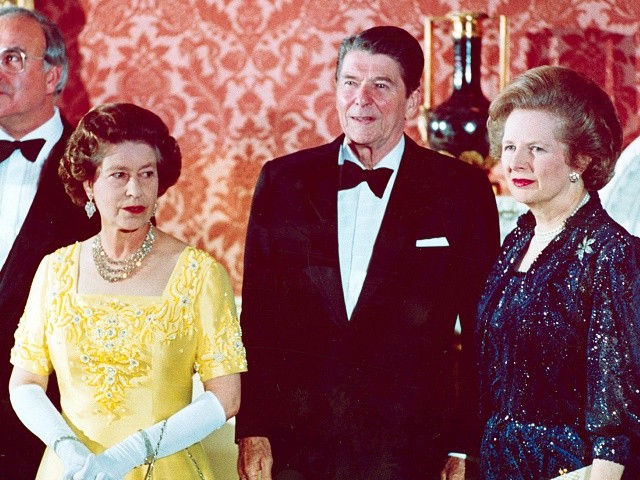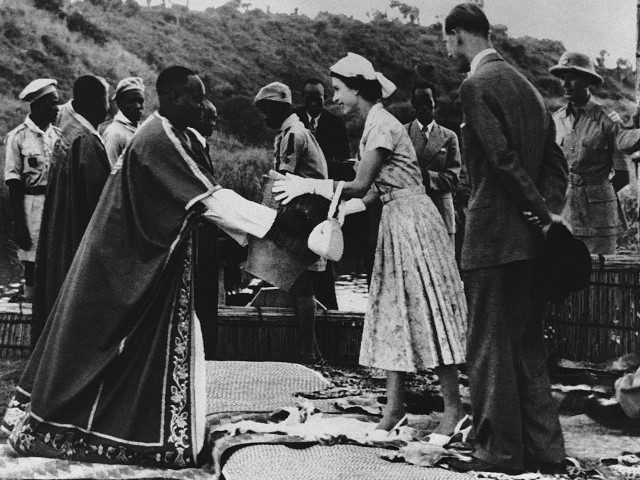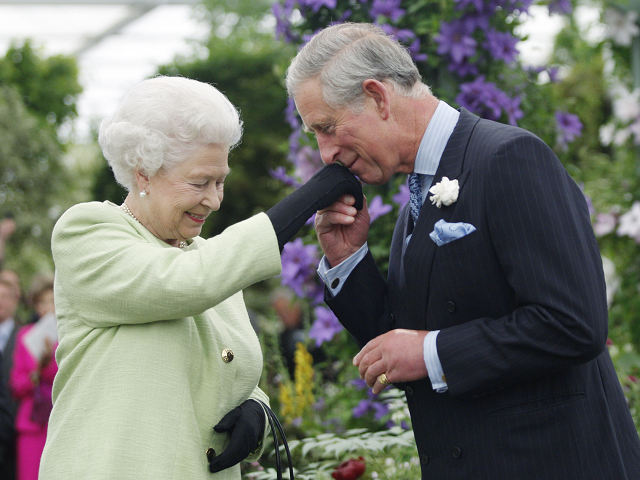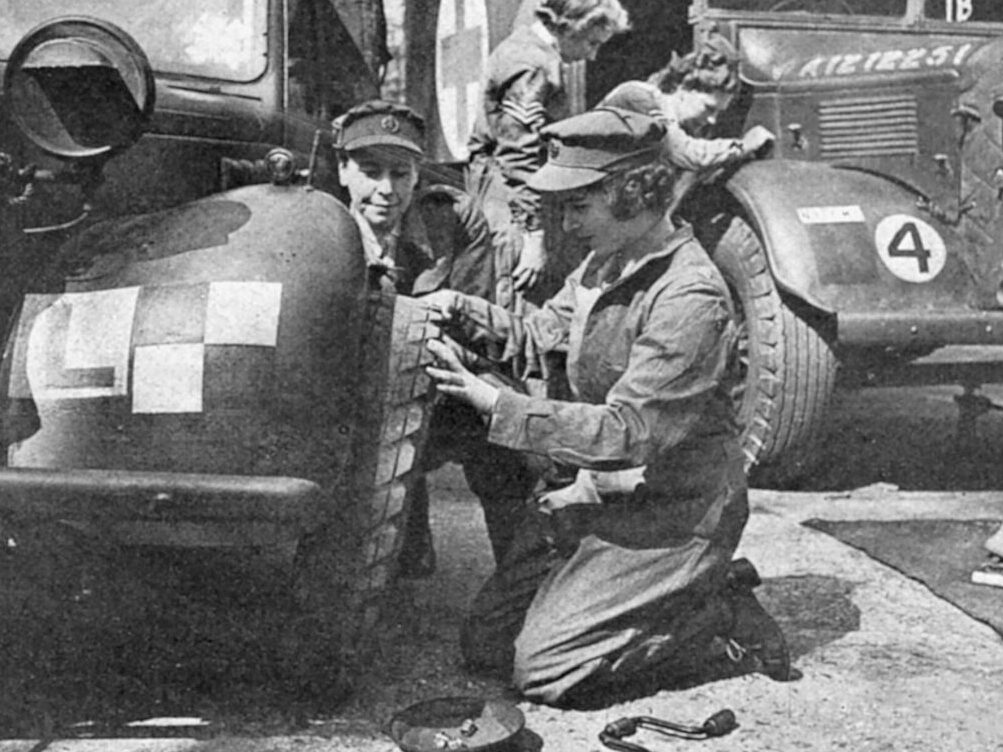Buckingham Palace has announced the death of Britain’s Queen Elizabeth II, aged 96, ending her 70-year reign.
The Queen died at Balmoral, her private Scottish home this afternoon at the age of 96. She was Britain’s longest-ever reigning Monarch, at 70 years and 214 days.
Buckingham Palace released a brief communication at a little before quarter to seven in the evening London time, remarking that: “The Queen died peacefully at Balmoral this afternoon… The King and The Queen Consort will remain at Balmoral this evening and will return to London tomorrow.”
According to the customs and laws shared by the United Kingdom and 14 other Commonwealth Realms of which Her Majesty was head of state, the Prince of Wales — known as the Duke of Rothesay in Scotland — as heir became King at the moment of his mother’s passing.
The new King may select a regnal name, or choose to continue as King Charles the Third. The associations of the English Civil War with the name Charles may prompt such a decision, or it might be thought enough time has passed.
While the nation will now observe a period of mourning for the popular and long-lived Queen Elizabeth II, the coronation of King Charles could come as early as twelve months’ time.
The Queen died peacefully at Balmoral this afternoon.
The King and The Queen Consort will remain at Balmoral this evening and will return to London tomorrow. pic.twitter.com/VfxpXro22W
— The Royal Family (@RoyalFamily) September 8, 2022
One of the most remarkable achievements of the reign of Queen Elizabeth II may be judged to be the popularity not just of the Queen herself, but of the institution of monarchy over a period where support for many other traditional aspects of British life has all but collapsed.
Research by British pollster YouGov in 2015 found the overwhelming majority of British citizens supporting the Monarchy, and 62 per cent believed there would still be a monarchy in the year 2115.
Similar research found the Queen had a significantly higher approval rating than any serving or former politician and was the most admired person in Britain.
Thousands Line Mall to Cheer Queen Elizabeth II on Platinum Jubilee https://t.co/ULAAB0yNim
— Breitbart London (@BreitbartLondon) June 2, 2022

At a gathering of world leaders in 1984, (left to right) Queen Elizabeth II stands with U.S. President Ronald Reagan and then Prime Minister Margaret Thatcher at London’s Buckingham Palace / AP Photo
Born on the 21st of April 1926, the then Princess Elizabeth was not expected to become Queen, but the abdication of her uncle Edward VIII after a tumultuous short reign in 1936 saw her father become King instead. Serving in the Auxiliary Territorial Service during the Second World War, the Princess learnt to repair army vehicles and was one of — if not the only — remaining heads of state worldwide to have served in the Second World War.
Having met Prince Phillip of Greece and Denmark before the war, the couple were married in 1947. The Royal Couple had four children including the now King Charles: Princess Anne, Prince Andrew, and Prince Edward. Prince Philip died in 2021 aged 99, just two months before his century.
Just days after celebrating her Platinum Jubilee in June 2022, the Queen became the second longest-reigning monarch in known history at 70 years and 127 days. She had already been the longest-reigning monarch in British history since 2015, when she overtook the historic reign of Queen Victoria, who was head of state between 20 June 1837 and 22 January 1901.

Queen Elizabeth II with the Duke of Edinburgh on a Royal visit to the then colony of Uganda in 1954 / AP Photo
While the end of British rule in India ended before Queen Elizabeth II ascended the throne in 1952, historians may remember the second Elizabethan age as having been one that witnessed the end of the British Empire. Large parts of Africa were still British possessions, but a rapid process of decolonisation encouraged by successive British governments saw that influence abroad wane.
At the end of her reign the Queen, in addition to heading the constitutional monarchy of the United Kingdom of Great Britain and Northern Ireland and the overseas territories including Gibraltar and the Falkland Islands, the Commonwealth Realms which kept her as head of state are Canada, Australia, New Zealand, Jamaica, Antigua and Barbuda, Belize, Papua New Guinea, Saint Kitts and Nevis, Saint Vincent and the Grenadines, Tuvalu, Grenada, Solomon Islands, Saint Lucia, The Bahamas.
Conceivably, some of those Realms could choose this moment to divorce themselves from the monarchy as support for the individual — Queen Elizabeth II — may have been considerably greater than support for the institution. Some senior realms like Australia wax and wane considerably on the monarchy depending on who is in government. Canada has spent decades erasing the old symbols from its institutions including creating a new flag and military uniforms.

Queen Elizabeth II and the Duke of Edinburgh sit with hands clasped in their laps in 1954 / AP Photo
While many other nations formerly enjoying British rule went their own way to become republics — the latest being Barbados in 2021 — this change saw a new opportunity for the monarch as head of the Commonwealth of Nations, a global association of predominantly former British territories and colonies. King George VI had been head of the Commonwealth before Queen Elizabeth II, but unlike her royal titles there is no guarantee this will automatically pass to King Charles, and will likely be decided at the next Commonwealth Heads of Government meeting.
By its own account, the Commonwealth is “a voluntary association of 56 independent and equal countries. It is home to 2.5 billion people”. The body promotes development, democracy, and peace, and also boasts of trade advantage enjoyed by its members.
From Winston Churchill to Mary Elizabeth Truss, the Queen was served by 15 British Prime Ministers. The United States of America has seen 14 Presidents in that time, from Harry Truman to Joe Biden.



COMMENTS
Please let us know if you're having issues with commenting.